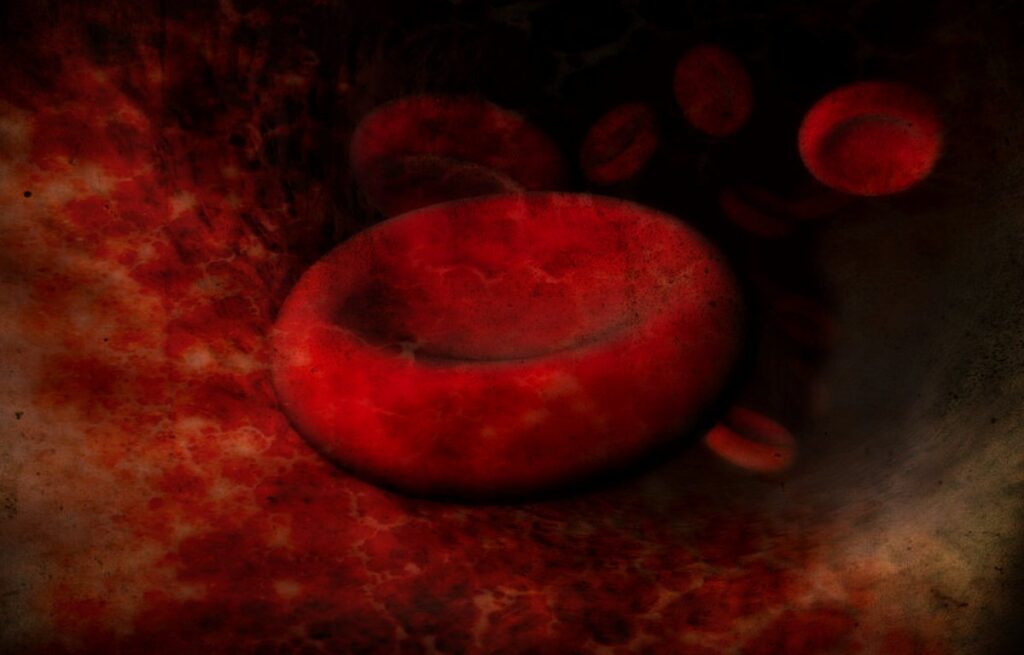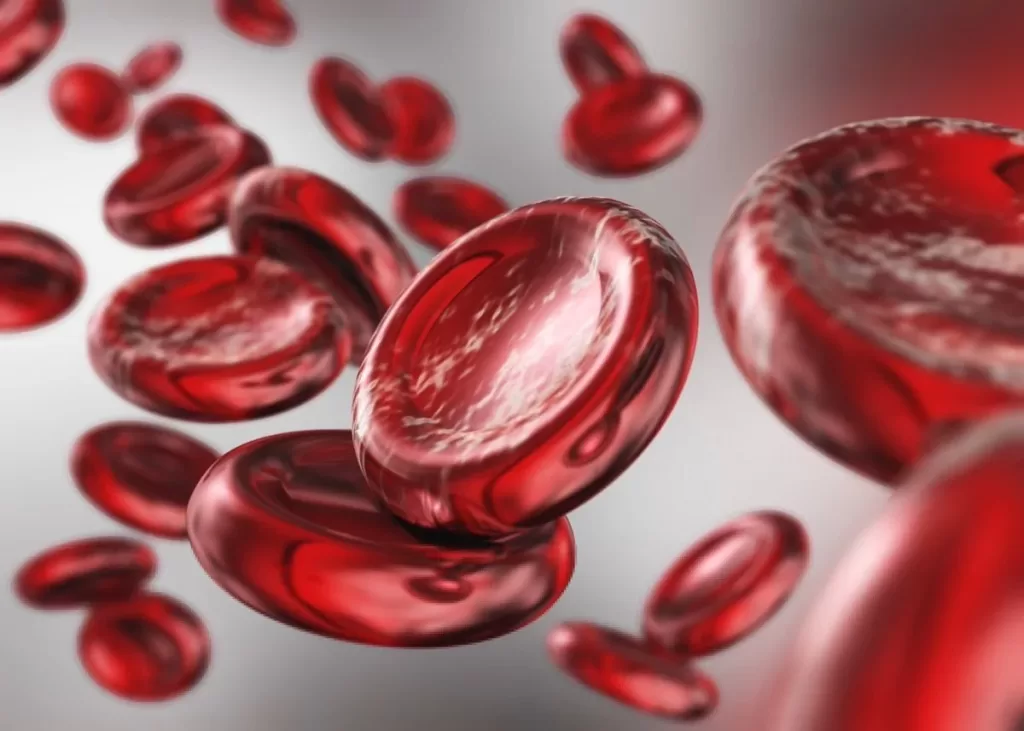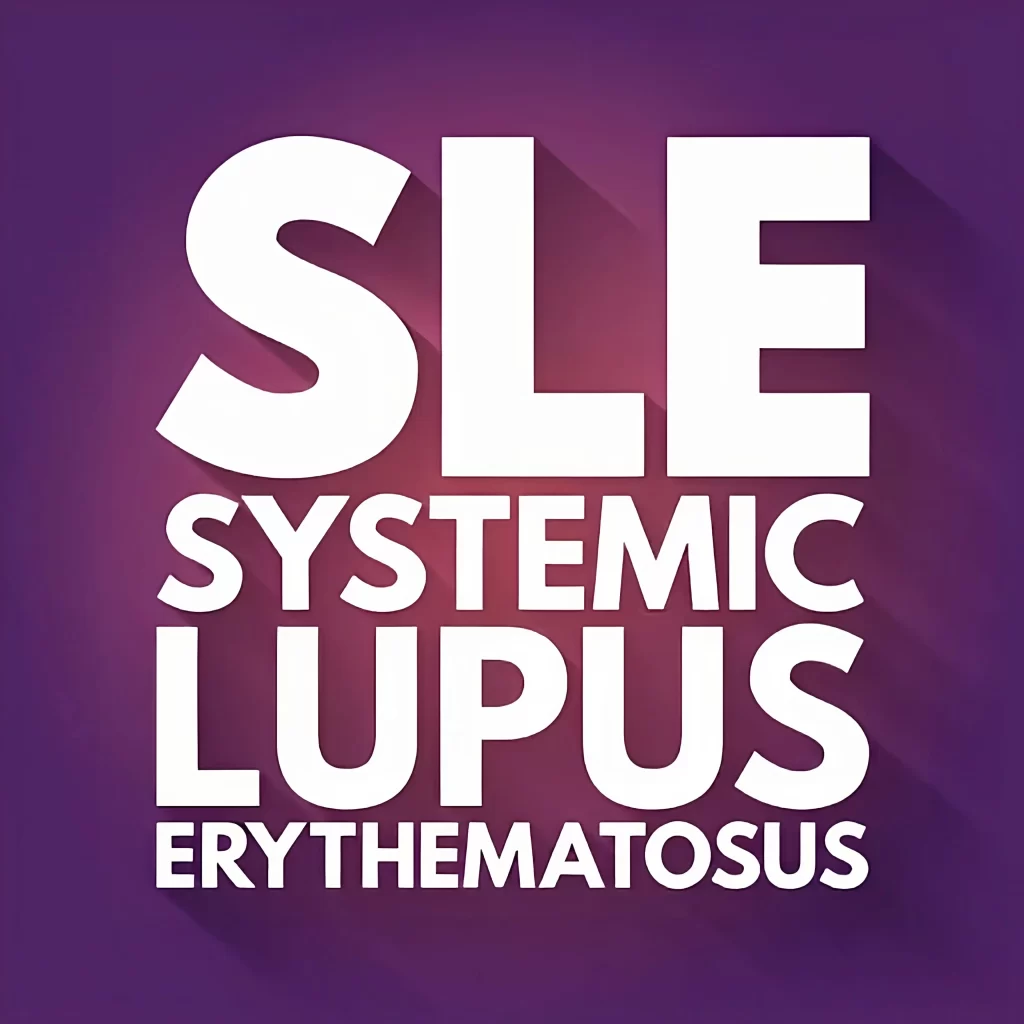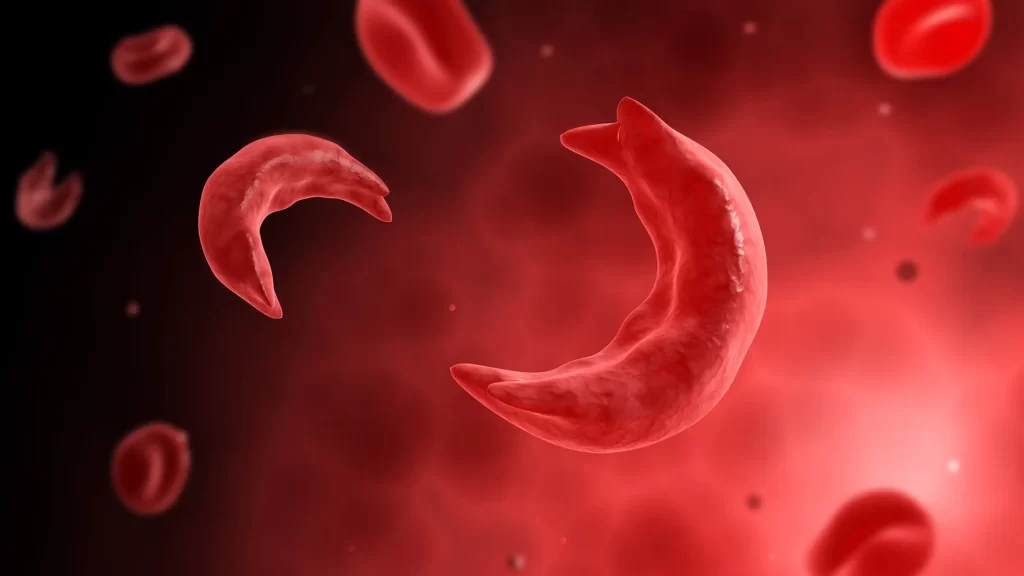A person suffers from anemia when the number of red blood cells decreases, or becomes unable to carry out the normal tasks of transporting Oxygen to the body tissues.
In severe cases, Symptoms of Dying from Anemia can appear in the form of chest pain, shortness of breath, paleness, dizziness, heart palpitations, blueness of the whites of the eyes, and other symptoms that we will explain later.
It is an emergency that requires urgent medical procedures.
We will present the symptoms and explain the causes of their occurrence and possible methods of diagnosis and treatment through the following paragraphs.
Symptoms of Dying from Anemia
Symptoms of anemia range from mild to severe.
In mild cases, the patient usually does not show any clear symptoms.
When the problem begins to develop, the patient experiences the following symptoms:
- Feeling weak.
- Stress from minimal effort.
- Headache.
- Blueness of the whites of the eyes.
- Loss of appetite.
- irritation.
- Difficulties in concentrating.
- Tingling of hands and feet.
- Numbness of hands and feet.
When the problem worsens, a person may develop Symptoms of Dying from Anemia Include:
- Pale skin.
- Dizziness when standing.
- Shortness of breath with the slightest effort, or even with rest.
- Mouth ulceration.
- Glossitis.
- Abnormal bleeding during the menstrual cycle
- Brittle nails.
- Recurring inflammations and infections.
- Desire to eat ice and some non-food items in what is known as (pica syndrome).
- Loss of sexual desire in men. (Badireddy & Baradhi., 2023)
Is Anemia Dangerous?
When you suffer from symptoms of anemia, you should consult a doctor and undergo the necessary tests.
Know the type of anemia you suffer from and take the necessary treatment measures.
If anemia is not treated, the patient may suffer from failure of important vital organs.
In some cases, such as severe aplastic anemia, the patient may develop leukemia, and treatment is difficult.
Even in types of anemia that are not considered very serious, such as iron deficiency anemia, it can have serious complications if left untreated, such as developmental disorders.
What Are the Main Causes of Severe Anemia?
Acute anemia occurs when the blood does not contain enough red blood cells or hemoglobin.
This is due to the following reasons:
- The body’s inability to produce sufficient amounts of hemoglobin or red blood cells,
- Bleeding that causes the body to lose more blood than it can replace.
- Destruction of the body’s blood cells or hemoglobin for one reason or another. (Killeen & Tambe., 2024)
Most Common Types of Anemia
There are many types of anemia with varying causes, symptoms, and treatment methods. The most common of these types are:
Aplastic Anemia
It is a type of anemia that occurs as a result of the body’s inability to produce an adequate number of blood cells, causing symptoms such as fatigue, bleeding, and infection.
It is a medical condition that can occur at any age and can appear gradually or suddenly.
It is treated with medications, blood transfusion, or marrow transplantation.
Iron Deficiency Anemia
As its name indicates, it occurs as a result of the body not obtaining sufficient amounts of iron, the main component of hemoglobin found in red blood cells.
It is responsible for the process of transporting oxygen to the body’s tissues.
This type of anemia causes symptoms such as difficulty breathing and fatigue.
Treatment in this case depends on taking nutritional supplements and modifying the patient’s diet.
If internal bleeding is suspected, further tests are required.
Sickle Cell Anemia
one of the types of hereditary anemia, and its name comes from the shape taken by the red blood cells that transport oxygen to the body’s tissues.
The nature of red blood cells is that; they are round and flexible, which makes it easy for them to move within the blood vessels.
However, when affected by this disease, some cells become sickle-shaped or crescent-shaped, lack flexibility, and become sticky, hindering blood movement and not performing their functions efficiently.
In this case, the patient is treated by alleviating pain and trying to prevent complications resulting from the disease from occurring.
Some modern treatments aim to completely treat the disease.
Thalassemia
Another type of hereditary anemia causes a change in the composition of hemoglobin in the blood, making it less efficient at transporting oxygen.
This causes a feeling of fatigue and exhaustion.
In this case, the patient must follow a healthy diet and exercise appropriately.
When a person is a carrier of the disease, he usually does not show symptoms of the disease.
Vitamin Deficiency Anemia
It usually occurs as a result of a lack of vitamin B12 and folate in the diet.
This can happen because a person does not consume sufficient amounts of these vitamins in his diet.
Or because the body is unable to absorb and deal with it in a healthy way.
The body then receives a type of large, inefficient red blood cell, causing fatigue, exhaustion, dizziness, and shortness of breath.
The treatment consists of delivering these vitamins to the body through tablets or injections.
Or treating the underlying cause for why the body is unable to properly deal with these compounds.
Signs That Anemia Is Getting Worse
When the body suffers from anemia for long periods, its condition worsens and it suffers from symptoms of chronic anemia
In this case, the body’s tissues suffer from long-term hypoxia.
The body becomes exhausted and extremely tired.
The condition gets worse when doing any effort, such as exercising.
The patient suffers from shortness of breath and dizziness close to fainting.
He may also experience the following symptoms:
- Heart palpitations.
- Chest pain.
- Pallor.
- Anorexia.
- Orthostatic hypotension.
- Jaundice.
- Cognitive impairment in the elderly.
Diagnosis Tests
The patient needs to undergo a set of tests to diagnose and evaluate the anemia he suffers from.
So, before you suffer from Symptoms of Dying from Anemia you must perform the following tests:
- Complete blood count including hemoglobin, hematocrit, Mean corpuscular volume, and reticulocyte count index
- Liver functions.
- Kidney functions.
- total iron-binding capacity.
- Ferritin.
- thyroid-stimulating hormone.
- Serum vitamin B12.
- folic acid.
- Stool for occult blood.
If internal bleeding is suspected, an esophageal and colonoscopy is performed.
An imaging studies is performed in cases of suspected tumors.
Related: Megaloblastic Anemia | Causes, Symptoms and Treatments
Severe Anemia Symptoms
Severe anemia symptoms include the following:
- Poor motor development in children.
- Poor cognitive development in children.
- Cognitive decline in the elderly.
- Health problems in pregnant women and fetuses.
- Pale mucous membranes in the mouth, nose, etc.
- Pale skin and under the nails.
- Brittle nails.
- Bruising easily.
- Dizziness when standing.
- Rapid heartbeat.
- Rapid breathing rate.
How to Recognize Life–Threatening Symptoms of Anemia
All the symptoms mentioned above, such as dizziness when standing, blue color to the whites of the eyes, Brittle and pale nails, pale mucous membranes, rapid heartbeat and breathing, Bleeding and bruising, and other Symptoms of Dying from Anemia .
All indicate a significant lack of Oxygen in the body’s organs.
It is therefore vulnerable to damage, and this can cause death.
Therefore, attention must be paid to the initial symptoms of the disease, attention to nutrition, proper diagnosis, and treatment of the problem before it worsens.
Read Also: Hemolytic Anemia | Causes, Symptoms and Treatments
References
Badireddy, M., & Baradhi., K. M. (2023). Chronic Anemia. National Library of Medicine.
Killeen, R. B., & Tambe., A. (2024). Acute Anemia. National Library of medicine.







